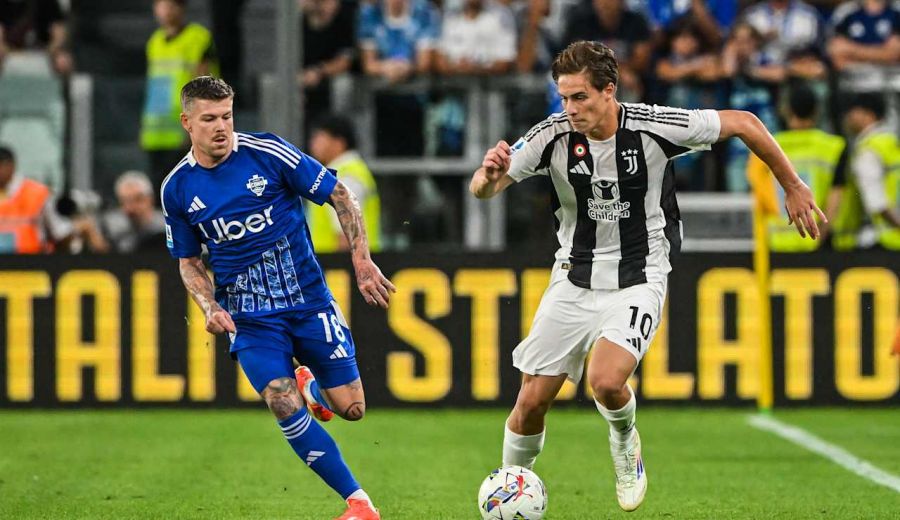Subtotal $0.00
Solskjær seeks Carrick’s backing and a 10-day window
Backing from Carrick and a short proving period
Solskjaer Carrick 10-day window is the phrase Ole Gunnar Solskjær used to describe his plan for Manchester United. He has reportedly asked for Michael Carrick’s backing and a brief proving period to show he can stabilize the team and revive United’s attacking rhythm. The wording signals a candid belief that a short, sharp test could define the club’s direction in coming weeks. Supporters want clarity, and Solskjær argues that Carrick’s presence will help translate ideas into results. The plan hinges on results within days, not months, making the window a real gauge of readiness. For broader context, see coverage from BBC Sport and The Guardian.
He frames himself as a credible candidate who can steady the ship while reintroducing United’s characteristic attacking tempo. Carrick’s backing is portrayed as a stabilising factor that reduces disruption while transition plans unfold. The validation process, the so-called 10-day window, would assess tactical clarity, readiness of players, and the cohesion of the frontline. If successful, Solskjær believes the club can secure a longer-term arrangement without a drawn-out recruitment saga. While the exact start date remains undecided, the emphasis is on rapid action, decisive results, and a return to the high-energy style fans associate with the club. This is the Solskjaer Carrick 10-day window that could decide his fate.
Aiming to steady the squad and revive United’s attacking spirit
Stability, morale, and a renewed attack
Aiming to steady the squad and revive United’s attacking spirit is central to Solskjær’s plan. The manager argues that a focused, disciplined approach can restore balance and energy in both training and match days. He wants players to find confidence through consistency, with clear roles and quick decision-making in the final third. The aim is to reduce fragility under pressure and to restore an identifiable pressing rhythm that used to define United’s best teams. Quick, decisive pressing and faster transitions are at the core of this vision. Fans will be watching to see if those ideas translate into sharp chances and better finishing in the coming fixtures.
The strategy emphasises squad stability, morale, and an enhanced attacking identity. Carrick’s role is described as enabling Solskjær to implement pressing patterns, spacing in midfield, and coordinated moves between defence and attack. If the team can execute the plan, supporters could see improved ball retention, smarter runs behind the defense, and more accurate finishing. The plan also prioritises squad cohesion, reducing noise around the club, and rebuilding trust between players and staff. For additional perspectives, read analyses from BBC Sport and Manchester United Official.
Carrick’s role in Solskjær’s plan
Roles and expectations for Carrick
In Solskjær’s plan, Carrick is a cornerstone. The former United midfielder is expected to help shape training drills, on-pitch relationships, and the transition from defence to attack. Carrick’s familiarity with United’s culture could ease the implementation of Solskjær’s ideas and reduce friction among senior players and youngsters alike. His involvement could also reassure supporters that the process remains rooted in United’s identity rather than a sudden shift. Carrick’s influence is seen as a bridge between the dressing room and the technical area, helping to translate plans into consistent performances on match day.
While Carrick’s official duties remain fluid, insiders suggest he would act as chief collaborator, advising on selection, pressing intensity, and tactical tweaks. The dynamic with fitness staff, data analysts, and the coaching group would be critical to translating practice into results. If Carrick’s backing sustains a coherent plan during the 10-day window, Solskjær could secure more time; if not, the relationship could pivot toward interim options. For context on Carrick’s impact in Manchester United’s setup, see expert commentary from The Guardian.
Could a 10-day window decide the permanent manager future?
Short-term metrics vs long-term decisions
Could a 10-day window decide the permanent manager future? The answer depends on what the window measures as success. If Solskjær can deliver noticeable improvements in results, attacking rhythm, and defence, discussions about a longer-term appointment could intensify quickly. Conversely, a dip in consistency or a failure to stabilise performances would prolong the search and keep options open. The unusual nature of United’s situation adds a layer of drama, given the club’s history of decisive governance when results slip. The Solskjaer Carrick 10-day window could become a focal point for evaluating leadership in the short term.
Experts warn that even significant short-term gains may not guarantee a permanent role. Leadership choices weigh recruitment plans, squad evolution, and compatibility with the club’s broader strategy. Still, the 10-day window could become a defining benchmark, shaping conversations with players, staff, and owners. If the tests are positive, Solskjær could win more time; if not, the club may pivot toward other options. For ongoing updates, see coverage at BBC Sport.
Implications for Manchester United’s short-term strategy
Impact on recruitment and priorities
The implications for Manchester United’s short-term strategy are significant. A decision to back Solskjær would shift resources toward stabilisation, tighter training schedules, and more direct offensive ideas. It could steer recruitment toward players who fit Solskjær’s system, while giving academy players a clearer pathway to senior football. The window would define the pace of integration and the immediacy of impact across league and cup fixtures. This approach aims to convert potential into tangible results in weeks rather than seasons.
Alternatively, a cautious path would prolong the search and preserve interim arrangements while the club assesses options. Either route demands strong support from Carrick and the coaching staff, and success hinges on consistent performances from the squad. Fans will measure progress through goals per game, expected goals quality, pressing metrics, and defensive solidity. For broader context, see reporting from Manchester United Official News and The Guardian.












